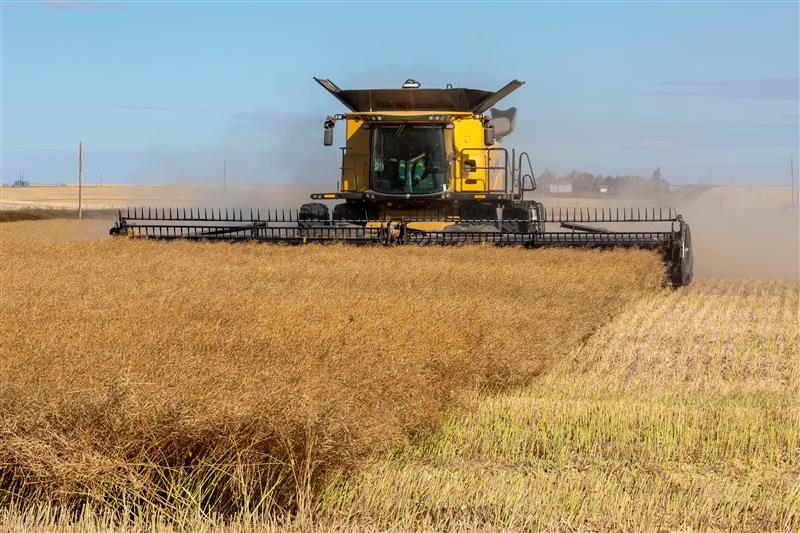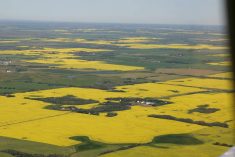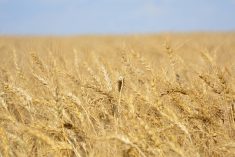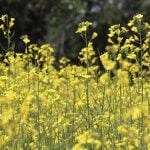A record number of new wheat varieties will be up for consideration at this week’s annual meeting of the Prairie Grain Development Committee.
A total of 26 lines will be put under the microscope by plant breeders and other industry officials gathered in Banff, Alta., for the PGDC meeting.
The main reason for the record number of lines up for consideration is the emergence of the fledgling CW general purpose class, said Rob Graf, a wheat breeder with Agriculture Canada in Lethbridge and chair of the wheat, rye and triticale registration committee.
Read Also
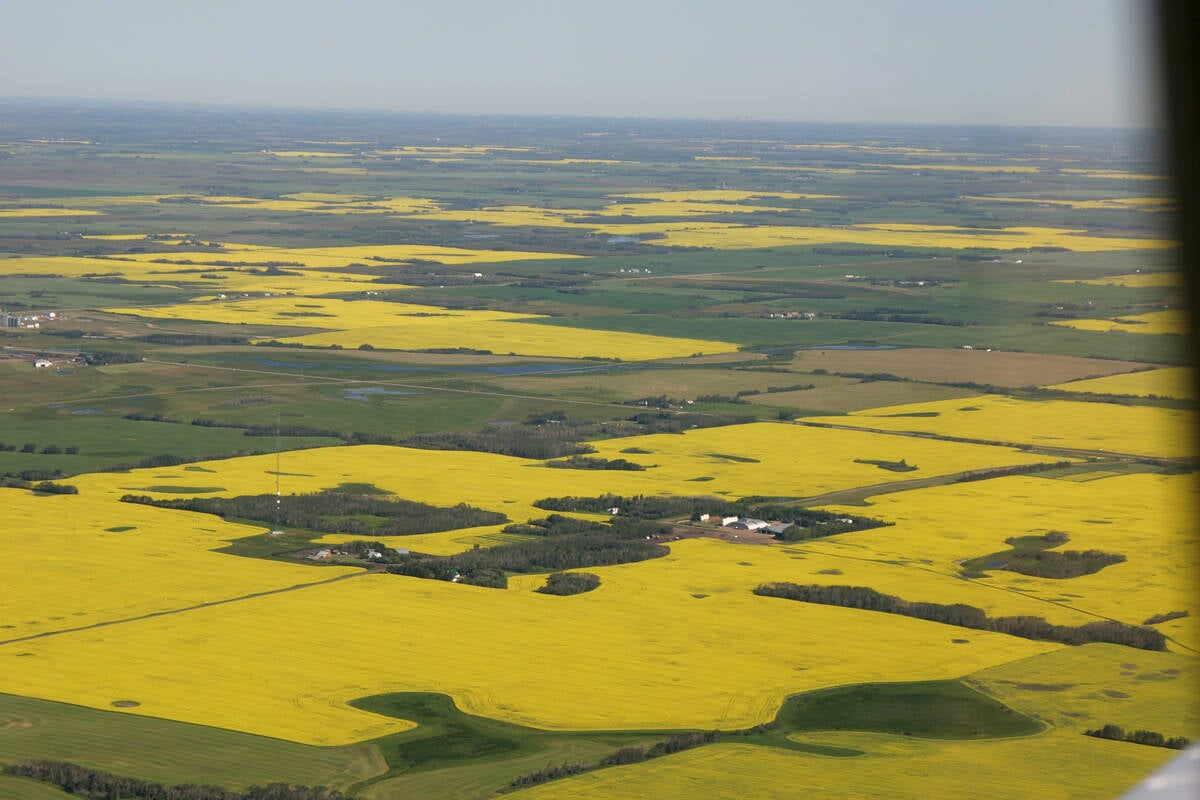
Increasing farmland prices blamed on investors
a major tax and financial services firm says investors are driving up the value of farmland, preventing young farmers from entering the business. Robert Andjelic said that is bullshit.
Nine new lines are being proposed for registration in the CWGP class.
“That certainly adds to the total,” said Graf. “They wouldn’t have been here in previous years.”
The CWGP class was introduced Aug. 1, 2008, and is designed to be the home for higher yielding, lower quality wheat varieties destined for industrial and feed markets rather than milling.
Five general purpose wheat varieties were approved at last year’s PGDC meeting.
The nine being considered this year include six spring varieties and three winter varieties.
Also up for consideration are 11 Canada Western red spring varieties, one CW amber durum and one Canada prairie spring red seeking full registration.
In addition, two CPS (white) and one CW hard white spring are being proposed for interim registration, and one variety of spelt is up for full registration.
The new lines include two midge tolerant varieties (one CWRS and one CPS red), three Clearfield tolerant CWRS varieties, and several varieties showing improved resistance to fusarium head blight.
Mike Grenier, agrologist with the Canadian Wheat Board, said the new red spring varieties look good.
“Most of them are showing yield potential at the upper end of where the class is today, so that’s encouraging,” he said.
There are still some unresolved issues with the new CWGP class such as yield potential and quality characteristics.
One of the touted benefits of the new class is that it will enable the introduction of high yielding varieties that have milling quality but also meet the needs of ethanol and livestock producers.
However the nine varieties being presented this year show only minor yield increases over the check varieties for spring and winter lines.
“We knew it would take some time for new material to hit the yield trials, but there was a question of what was sitting on the shelf ready to be pulled off,” said Grenier.
“None of these varieties is making any significant advances by any means.”
Graf said he expects to see a slow increase in yields over the years in the general purpose class.
He added that while some are not much better than the check varieties in terms of yields, they do have other beneficial characteristics, such as better maturity and disease resistance.
“We at the committee have to look at these in a holistic way,” he said. “It’s not just about yield, it’s about the complete package.”
At last year’s meeting, the wheat committee debated a resolution introduced by the CWB saying new CWGP varieties should have at least a 10 percent yield advantage over check varieties.
However, an official with the Canadian Food Inspection Agency (CFIA) told the meeting that would not be possible under federal regulations, which require only that new varieties be “equal to or better than” existing criteria.
Graf said he didn’t know whether that issue will be raised again this year, but added that the CFIA rules take precedence.
“It’s simply not possible to set a yield target like that under the regulations,” he said.
Graham Worden, the CWB’s senior manager of technical services, said the agency is disappointed there has been no industry discussion of the issue since last year’s meeting.
Higher yield is seen as the main benefit of this new class, he said, so what is the point of bringing in a new line that has a one percent yield advantage over the check variety?
“I think we’re going to talk about it again,” he said.
The varieties up for consideration have been through three years of testing. If they are supported for registration, breeders will begin increasing seed this spring. It will then be at least three years before limited quantities of certified seed become available.
The committee will also consider a number of new oat, barley, pulse and special crop lines.
The committee makes recommendations to the CFIA, which has the final say on whether a new variety will be registered.
Graf said he can’t recall any instance in his 20 years on the wheat committee in which the CFIA has rejected a line recommended for registration.

